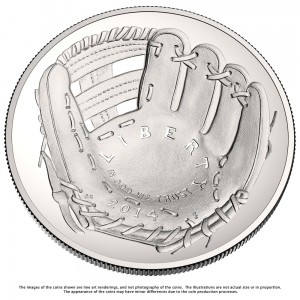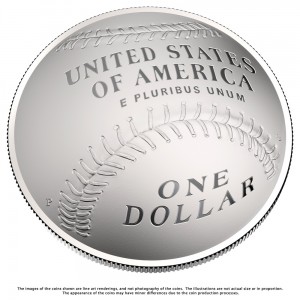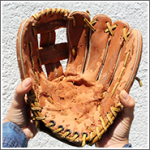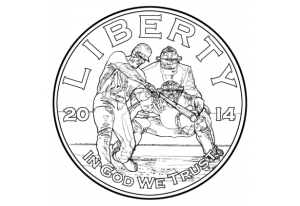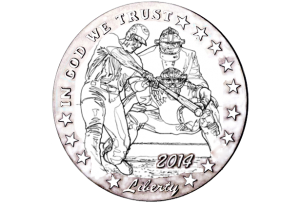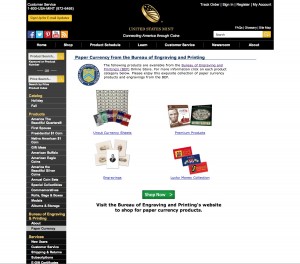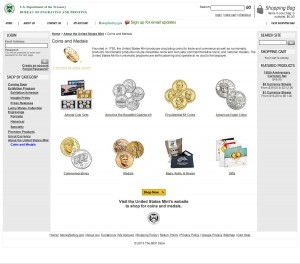Weekly World Numismatic News for November 15, 2020
Any time news is published about someone finding a hoard that has been buried for centuries, it is guaranteed that I will read the story. If coins are history in your hand, then buried treasure is history speaking to us.
In some areas of the world, there are active archeological digs to discover the past. According to reports, there are a dozen or more archeological in and around Jerusalem. If the Middle East is the cradle of civilization, then the capital appears to be around Jerusalem.
In other areas, treasure hunters use metal detectors for hunting the countrysides looking for something to make them rich. Hunting treasure using metal detectors is a popular hobby in Great Britain. Hobbyists have uncovered coins and other artifacts dating back to the Roman conquest of Britain. More recent finds led to new information about the Viking conquest of the British Isles.
While the knowledge gained from these finds provides insight into history, the treasure hunters find themselves in trouble.
In places where archeological digs are sanctioned, there are no controversies. The finds in those digs are the property of the country. However, in Great Britain, where people hunt without government sanction, the finds are becoming controversial.
Although the United Kingdom has some of the most comprehensive laws that help private citizens protect their finds, other laws like property rights and antiquities laws can turn euphoria into an instant headache.
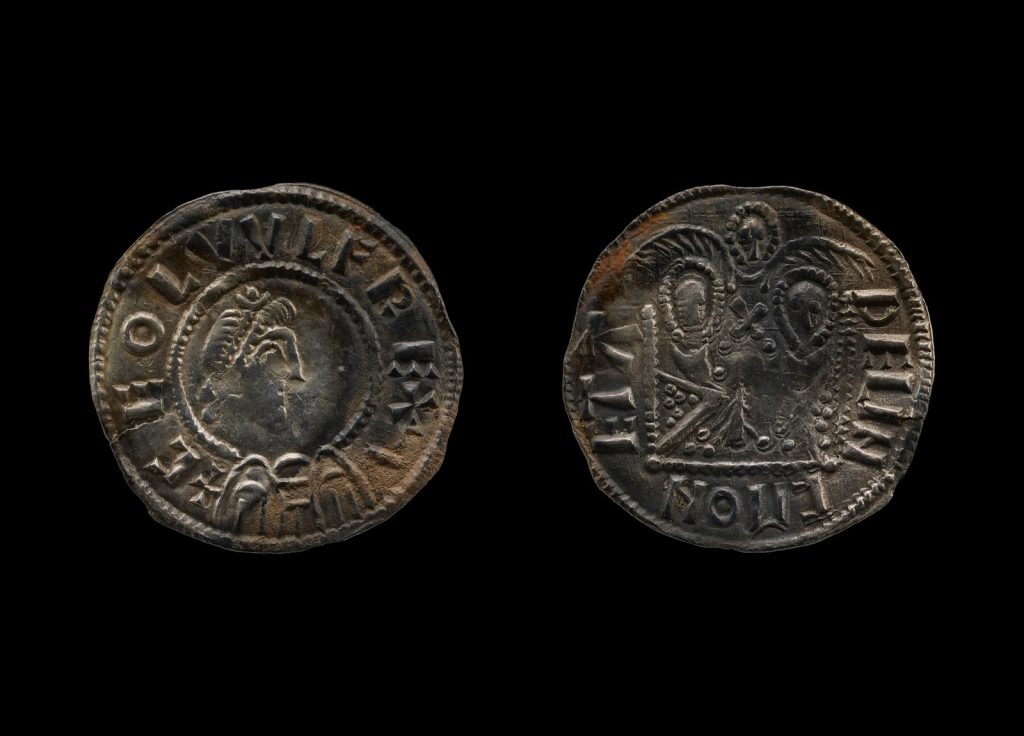
Ninth-century coins found by metal detectorists in the UK feature a representation of two contemporary Anglo-Saxon kings—Ceolwulf II, of Mercia, and Alfred, of Wessex—sitting side by side. The discovery that Alfred and Ceolwulf minted coins in the same style offered surprising evidence of an alliance between them—one that Alfred had sought to whitewash in an official chronicle of the period. As Gareth Williams, a curator at the British Museum, explains, “It’s like Stalin airbrushing Trotsky out.” The coins have caused a controversy over where and how it was found.
(Photograph courtesy © the Trustees of the British Museum via The New Yorker, whose caption was used here)
The laws are different in the United States. If you have permission to hunt with a metal detector and dig on the property, whatever you find is yours. The history of archeological policy in the United States recognizes that North America’s colonization is around 400 years old. Policymakers recognized that settlement history was very well documented compared to other countries, making it unlikely for anyone to make significant finds.
There are exceptions to the basic finder’s keepers rule regarding finding Native American artifacts and evidence of past civilizations. Otherwise, as long as you have permission to search the area, you can keep what you find.
These post-find issues can turn the story of these finds into fodder for a true-crime story.
And now the news…
 → Read more at newyorker.com
→ Read more at newyorker.com
 → Read more at koreaherald.com
→ Read more at koreaherald.com
 → Read more at haaretz.com
→ Read more at haaretz.com
 → Read more at wtvy.com
→ Read more at wtvy.com
 → Read more at menshealth.com
→ Read more at menshealth.com
Play Ball!
After canceling the announcement of the winning design for the 2014 Baseball Hall of Fame Commemorative Coin competition because of the government shutdown, the U.S. Mint posted the information on their website yesterday with little fanfare.

Cassie McFarland
In sperate meetings, the U.S. Commission of Fine Arts and Citizens Coinage Advisory Committee both recommended McFarland’s design for the coin. These recommendations were forwarded to Secretary of the Treasury Jacob “Jack” Lew for the final decision. It is being reported that the selection was made on September 4, 2013.
For submitting the winning design, McFarland will receive $5,000 as authorized by the “National Baseball Hall of Fame Commemorative Coin Act” (Public Law 112-152 [PDF] Section 4(c)(4)). McFarland’s prize will be included in the price of the coins as per the requirements of the law.U.S. Mint Sculptor-Engraver Don Everhart will do the engraving of McFarland’s winning design. Everhart created the reverse design.
Originally, the U.S. Mint had scheduled this announcement at the capital on October 8, 2013. The event was cancelled because of the shutdown of the government. Even though the U.S. Mint is fully operational because it is funded by the seignorage earned by the sales of the coins it produces, support services necessary for the U.S. Mint to make the announcement elsewhere were not available. A local suggestion to hold a ceremony at Nationals Park was quickly discounted since security services could not support the event. Remember, the Washington, D.C. budget is held hostage by congress because of antediluvian laws preventing the United States citizens living in the nation’s capital from governing themselves.
This was not my favorite design. My favorite was “The Big Three,” an image of a left-handed better swinging at a pitch with the catcher ready to catch the ball and the umpire behind him. In fact, I though could be improved, so I did a mock-up of “The Big Three” portrait with the elements around the image from the coin “The proud American classic” to come up with something I liked better.
Admittedly, McFarland’s design works better on the curved coin where other designs would look better on a flat coin. While the renderings makes the coins intriguing, it will be interesting to see how the coin looks in hand. Hopefully, the government will be open for the launch ceremony which is likely to be held at the National Baseball Hall of Fame and Museum.
US Mint and BEP learn cross promotion
On Friday, the U.S. Mint and the Bureau of Engraving and Printing announced that they would be cross-promoting each other’s products. As one of the few agencies in full operation, the U.S. Mint and BEP updated their website with two pages, one provides information about the other agency and the other points to their online store.
This probably would have gone unnoticed except for the email announcement sent by the Bureau of Engraving and Printing to subscribers. It was sent in such haste that the link they provided to the U.S. Mint’s site is broken.
I bet you thought there was no good news to come out of Washington, D.C. last week!
New $100 bills released
 With the fanfare of a hard cough, the Federal Reserve released the new $100 Federal Reserve Note on Tuesday, October 8, 2013 to financial institutions. Various factors will effect how quickly these notes are seen in circulation including the demand and ordering policy of the financial institutions. In fact, the launch was introduced with a video by Sonja Danburg, Program Manager of the U.S. Currency Education Program at the Federal Reserve.
With the fanfare of a hard cough, the Federal Reserve released the new $100 Federal Reserve Note on Tuesday, October 8, 2013 to financial institutions. Various factors will effect how quickly these notes are seen in circulation including the demand and ordering policy of the financial institutions. In fact, the launch was introduced with a video by Sonja Danburg, Program Manager of the U.S. Currency Education Program at the Federal Reserve.
This launch is three years in the making as Bureau of Engraving and Printing reported problems with folding during the printing of the new notes. The announcement on April 21, 2010 said that the new notes would be released on February 10, 2011. On October 1, 2010, the Federal Reserve announced that the new note would be delayed. Later, the folding problems were revealed following a report released by the Treasury Office of the Inspector General.
The reason for the new notes are for the addition of security features. Aside from the ecurity thread, portrait watermark, color-shifting ink, microprinting, and the strategic use of color, the new note has a 3-D security ribbon and the use of color-shifting ink used to reveal a bell in the inkwell. If you look at the blue ribbon on the front of the note, tilt the note and watch the bells on the ribbon change to “100s” as the reflection of light changes. The 3-D ribbon is embedded in the paper and not printed. Looking at the copper-colored inkwell on the front of the note, tilting the note will reveal a bell that was embedded using color-shifting ink. Using these light sensitive features, the Federal Reserve hopes to significantly reduce the number of counterfeit notes, especially overseas where half of the $100 notes are known to circulate.
The Federal Reserve released a video about the new anti-counterfeiting features:
As an aside, the Bank of England recently announced that they will be transitioning to polymer banknotes by 2015.
Summary of September coin-related legislation
H.R. 3146: Savings, Accountability, Value, and Efficiency (SAVE) II Act
Track this bill at http://www.govtrack.us/congress/bills/113/hr3146
H.R. 3186: Hank Aaron Congressional Gold Medal Act
Track this bill at http://www.govtrack.us/congress/bills/113/hr3186
I usually do not include bill for congressional gold medals. As a fan of Hank Aaron, I am including it to show my support. If congress should ever get its act together, it would be nice if they would immediately pass this by unanimous consent.
The shutdown and U.S. money manufacturing
 In the ongoing drama that is United States Federal government, a shutdown is looming over the shear idiocy of idiot-loges on both sides of the aisle attempting the rule and not govern. All 537 politicians elected to federal office are in need of a good spanking.
In the ongoing drama that is United States Federal government, a shutdown is looming over the shear idiocy of idiot-loges on both sides of the aisle attempting the rule and not govern. All 537 politicians elected to federal office are in need of a good spanking.
First, here are some impacts:
- According to the Office of Management and Budget, a government shutdown will cost taxpayers an extra $40-60 million per day.
- The District of Columbia is reporting that a shutdown will cost the city about $2 million per day in lost revenues.
- Maryland and Virginia has not reported their potential economic impact of a shutdown.
- UPDATE (4:40pm): Local news reports say that over 835,000 workers will be effected by a shutdown with at least 80-percent being in the Washington, D.C. metropolitan area. Some estimates are saying that it could cost the region up to $20 million per day.
What does this mean for the money manufacturing bureaus of the country?
- The U.S. Mint is not answering inquiries about pending shutdown. Media is directed to contact OMB for more information.
UPDATE (1:40pm): The U.S. Mint will not allow tours of the Philadelphia and Denver mints during a government shutdown. - Office of Management and Budget is not answering the telephone. Rather, they requested that an email be sent with detailed questions. Email inquiries have yet to be answered.
- When calling the Bureau of Engraving and Printing, their phone is either busy or when trying to get past the voice response system for the Office of External Relations, the system says “the person you attempted to reach is unavailable.” An email was sent to the BEP’s general inquiry account and OMB asking about the operations at the BEP.
UPDATE (3:30pm): An email note was received from the BEP saying to contact a spokesperson at the Department of the Treasury. Telephone and email messages have not been returned.
UPDATE (4:10pm): Both the Washington and Fort Worth plants will not hold tours if there is a government shutdown at midnight tonight. - Since the Federal Reserve is an independent organization and not subject to congressional appropriations, they will remain open during a shutdown. The shutdown will not affect the launch of the new $100 Federal Reserve Note planned for October 8.
UPDATE (5:30pm): According to the Treasury Department:
Operations of the following bureaus are funded from sources other than annual Congressional appropriations, and would operate normally if a government shutdown were to occur: the Office of the Comptroller of the Currency (OCC), the United States Mint, and the Bureau of Engraving and Printing (BEP).
This post will be updated as new information is provided.
Representatives of these agencies may contact me via email to provide additional information. Please note that I do respect the confidentiality of sources!

